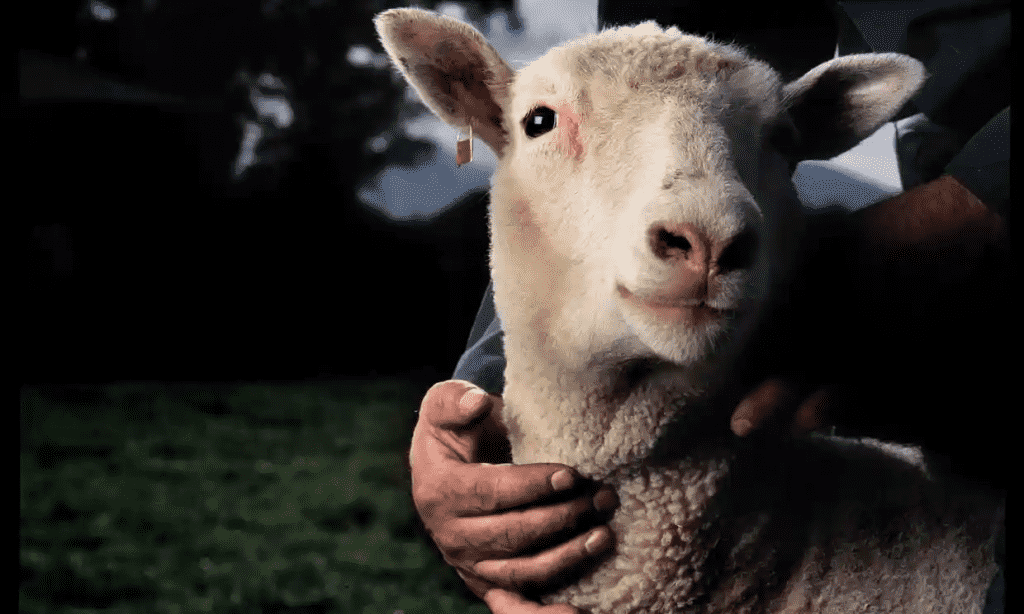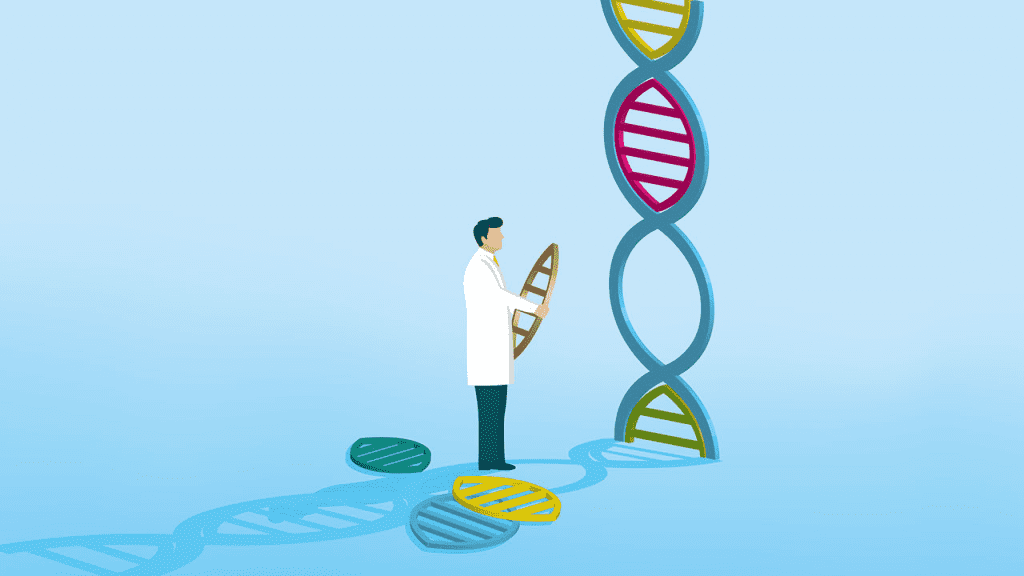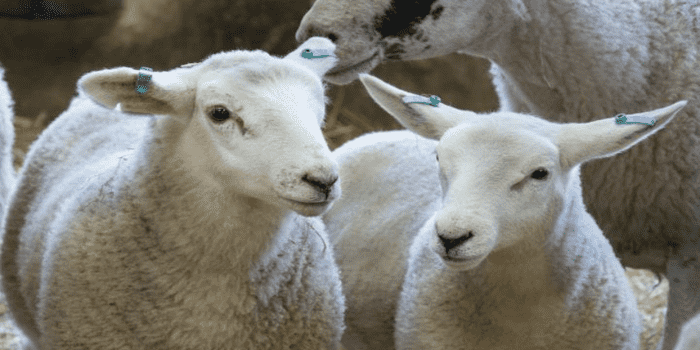Scientists have used a gene-edited flock of sheep to treat a lethal inherited brain disease that affects young children. The United Kingdom and USA-based researchers claim that this development will help to tackle the Batten disease.
100 to 150 children and young adults are affected by Batten disease in the UK. Furthermore, it is inherited from two symptomless parents carrying a recessive gene mutation.

The carriers of Batten disease may suffer from loss of vision, impaired cognition, and, lastly, mobility problems. Unfortunately, an early death after severe seizures follows. Professor Jonathan from the Washington University School of Medicine located in St Louis stated that the effect on the families affected by this is devastating.
Initially, the work of the researchers started with their colleagues at Collaboration Pharmaceuticals. These experiments, conducted on mice affected by one form of Batten disease known as the CLN1, showed that it could be treated with a missing enzyme.

Professor Tom Wishart of Edinburgh University’s Roslin Institute stated, “That was encouraging, but we needed to test the treatment in larger brains with a structure more like those of a child.” “You cannot extrapolate straight from mouse experiments to humans. Having an intermediate larger model is important,” he added.
The scientists used the CRISPR-Cas9 gene editing technique to create a faulty gene version of CLN1 in sheep. The eggs were removed and fertilized after collecting sheep ovaries from abattoirs. After making changes in CLN1 with the help of CRISPR, the eggs were implanted into a surrogate sheep. Finally, the scientists created a small flock of sheep to carry a single functional copy of the CLN1 gene.

According to Wishart, these are symptomless carriers like the parents of Batten disease-carrying children. But, he added, “from these, we could then breed sheep that have two faulty copies. These developed diseases like those children and became the subjects of our therapy trials.”
The lack of CLN1 genes, which results in fewer enzymes, causes the children to succumb to this version of Batten disease. In addition, due to the lack of this in a child’s body, lysosomes, which recycle waste material that builds up in cells, are impaired.
The research on the mice showed that injecting the absent enzyme in the brain resulted in improvements. But proceeding to the human trials was not safe at the time.
“You can miss two crucial issues,” added Cooper. “How to deliver the drug to the right place in a bigger brain and how to scale up dosing.”
All the answers were attained by experimenting on a half dozen sheep with two faulty CLN1 genes. As a result, many hallmarks were identified that affect humans through this disease.
The team could observe improvements in their disease by calculating an appropriate dose and the route to deliver it to the brains of the sheep.

The scientists claim that the results are promising, but further research over several years is also needed.
Wishart said, “We have gained enormous insights that will help develop therapies for children one day,” Cooper backed his point. “We still have some way to go, but we have taken a crucial step.


